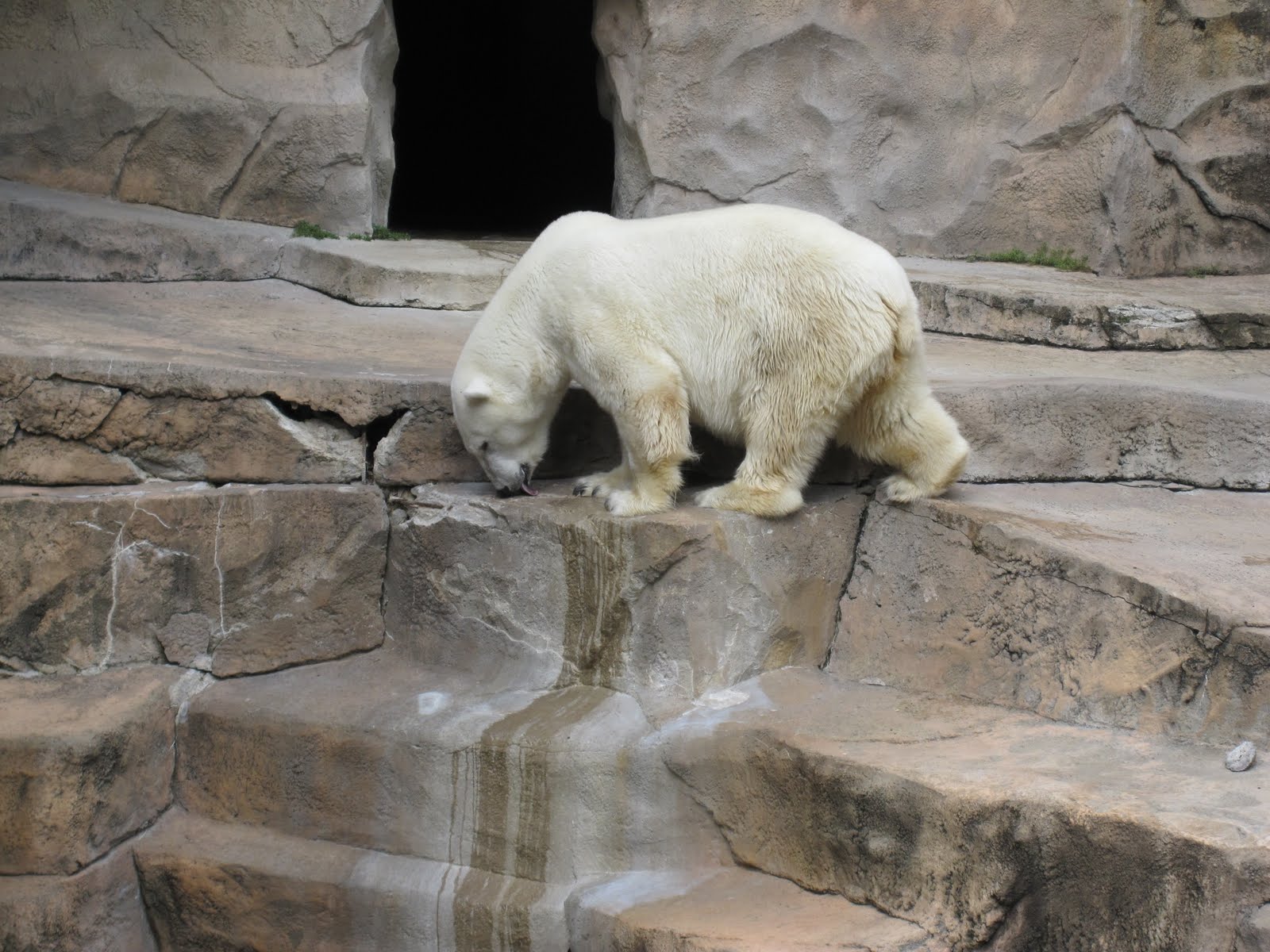As climate change continues to wreak havoc on Arctic ecosystems, the plight of polar bears has drawn increased attention from conservationists, researchers, and the general public. But is mere awareness enough to secure the future of these magnificent creatures? Or do we face an insurmountable challenge as their habitats shrink? The urgency surrounding polar bear conservation is palpable, underscoring the critical need for enhanced protective measures.
Polar bears, emblematic of climate change’s far-reaching impacts, are increasingly at risk due to the melting of sea ice. This natural habitat serves as a crucial hunting platform for these apex predators, primarily enabling them to hunt seals— their primary food source. Recent studies reveal that as temperatures rise, sea ice coverage diminishes, forcing polar bears to travel further and expend more energy in search of food. While polar bears are inherently adapted to their frigid environments, the pace of change is outstripping their biological limits.
Recognizing these challenges, governments and organizations have initiated several protective measures aimed at safeguarding polar bear populations. These efforts encompass a range of strategies, from habitat preservation to stringent hunting regulations. For instance, certain areas have been designated as wildlife refuges, creating sanctuaries where human activity is limited. These protective zones not only serve to bolster bear populations but also involve local communities in preservation efforts, fostering a sense of stewardship over the environment.
Yet, the question remains: are these measures sufficient in the grand scheme of climate change? While immediate actions provide some respite, the overarching threat of global warming looms large, demanding comprehensive strategies that transcend localized initiatives. Politicians and stakeholders must grapple with the complex interdependencies of ecology, economy, and indigenous rights. The challenge lies in balancing the urgent need for conservation with the ongoing pursuit of economic development in Arctic regions.
Moreover, public engagement is crucial. As the general populace becomes more aware of the polar bear’s plight, supporting conservation initiatives can catalyze change. Citizen activism, education campaigns, and collaborations with environmental organizations can contribute to a more robust network advocating for sustainability. Were citizens to adopt more eco-friendly lifestyles and demand governmental accountability regarding environmental policies, the collective impact could strengthen conservation efforts phenomenally.
In conclusion, while polar bears are receiving extra protection amidst dwindling ice habitats, the journey ahead poses significant challenges. It invites each of us to reflect on our responsibility towards these creatures. What can we do to ensure that future generations marvel at the beauty and resilience of polar bears in the wild? The time to act is now; both on the ground and in our hearts, we must unite in the pursuit of a sustainable future for these emblematic denizens of the North.
